Growing up in northern India, I had some familiarity with Andaman and Nicobar Islands only through my history and geography books. These group of islands are a part of India and located 1200 kilometers south east of the country, almost halfway between Indian and Thailand. Actually, the only other thing we were taught in school about the islands was that it was also called Kaala Pani (meaning black water) or the point of no return. More on that later.
Point is, no one I knew went to the islands. I had never met anyone from there and though I was Indian, I couldn’t have told you 5 facts about the Andaman and Nicobar Islands until recently.
In November 2016, I went on a 11-day “Andaman Sea Expedition” aboard Silver Discoverer, an adventure cruise ship. Departing from Phuket, Thailand, our first port of call was Port Blair, India.
The 36 group of islands have been inhabited by Africans, Asians, Danish, Austrians and the British for the past 60,000 years. They have a population of 450,000, most of whom are Indian descendants of the political prisoners, and refugees from Bangladesh. A few dozen native tribes also remain, and are heavily protected by the Indian government to ensure their survival.
When I arrived in Port Blair, it appeared like any other small city in India. There were crowded streets with people and animals manipulating traffic around bikes, rickshaws, and street hawkers. Shops at Aberdeen Market sold everything from colorful India saris, pearls and gold jewelry, to batteries and cheap tupperware. There was a church, mosque, Hindu and Sikh temples, all within a few blocks from each other. The aroma of Indian spices frying in hot ghee (the process is called tadka), milky spiced chai served in small glasses, made to order dosas (lentil and rice crepes) for $1, and mithai (sweets) shops selling colorful squares and balls made with milk powder, brown sugar and dried fruits…all were too familiar to me.
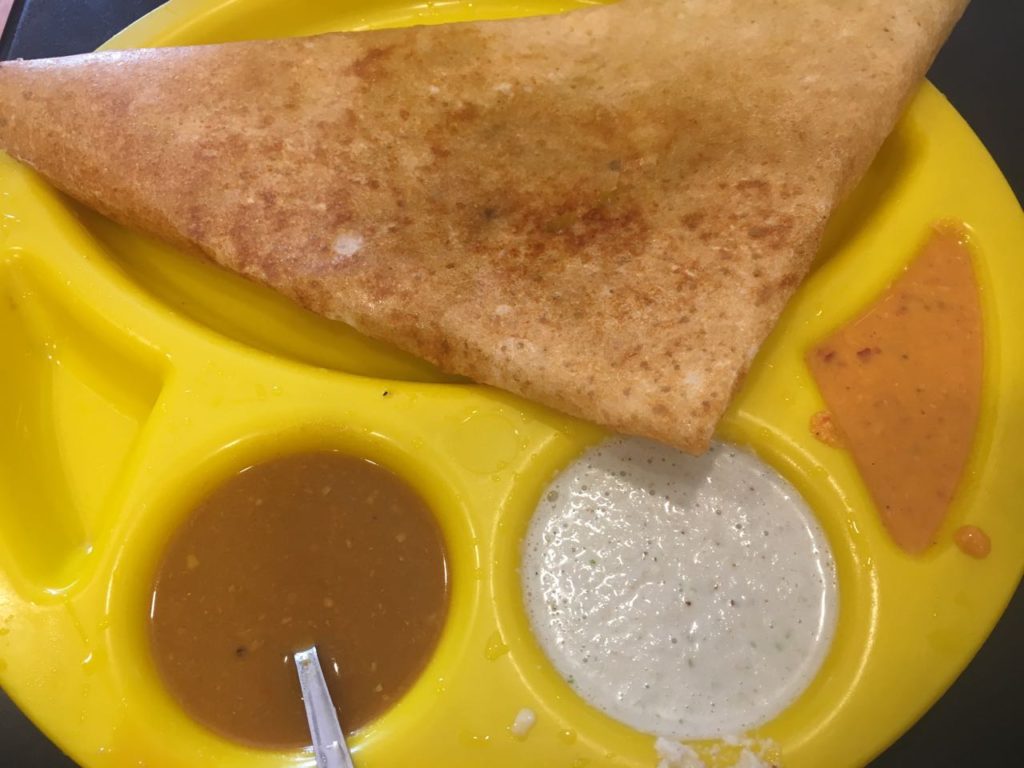
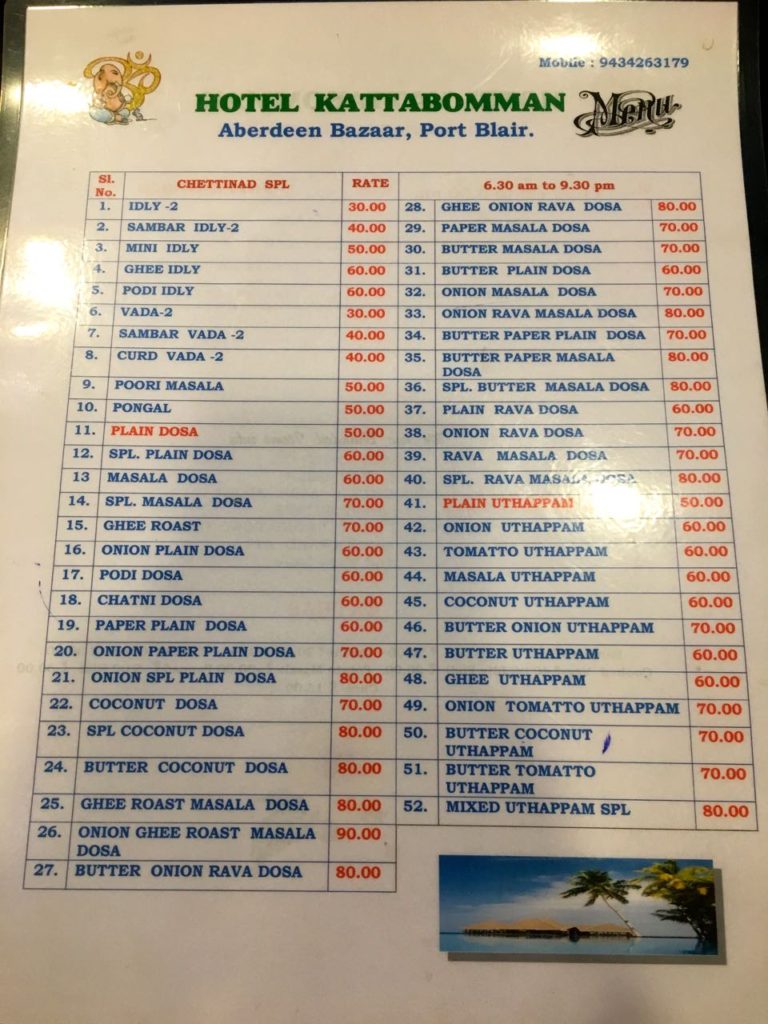
70 Indian Rupees = 1 USD
Only if you paid attention to the scenery driving along the Sea Shore Road, you would know that you are on an island surrounded by the Andaman Sea. A canopy of coconut and palm trees marked the coastline against the blue waters. At the Water Sports Complex, there was a small children’s park, swimming pool, water sports center and not much of a beach, though ferries took passengers to other islands which were more apt for leisurely beaching and sunbathing.
The unique thing about Silverseas cruise line is that they offer in-depth itineraries that include culture, history, sightseeing and leisure activities built into the tour costs. There were only 75 passengers on my ship and we were bused off to see the local sights.
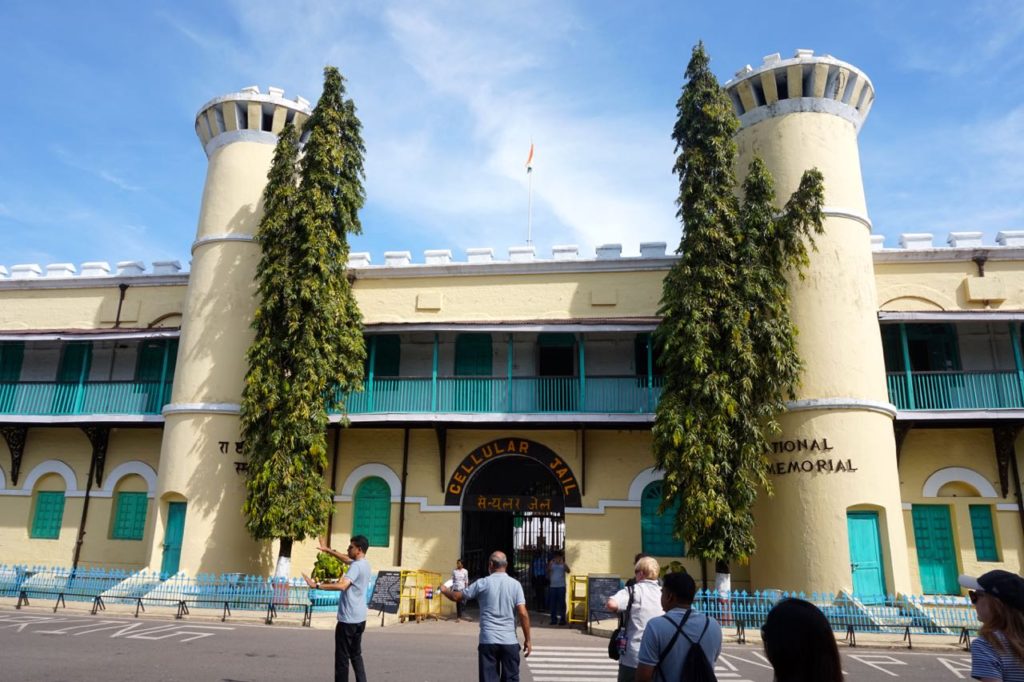
The main site in Port Blair is Cellular Jail, a solitary confinement prison that was built by and for Indian political prisoners under the rule of British East India Army. The generals decided that this is as far and remote they could send away any individuals threatening to raise their voice for independence from the British and freedom for India. Due to its location and inhospitable environment, it was believed that no prisoner sent to Cellular Jail would ever return alive. This was the Alcatraz of India.
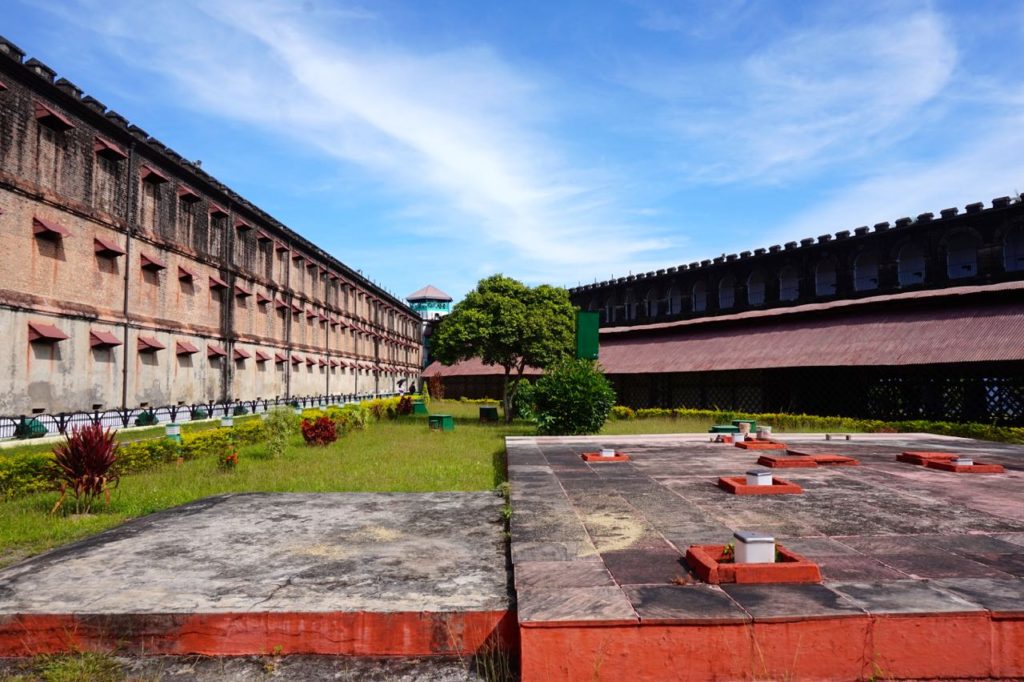
Visiting the jail’s campus felt morbid and emotional. There were names of my forefathers and people from all over India who had sacrificed their lives to make India the largest free democratic country in the world. There were tiny cells with nothing but bare walls. In the center of the garden was a podium where the prisoners received their punishments, and eventually were hanged. Needless to say, food, healthcare and hygiene were luxuries they were awarded at rare occasions.
It was later discovered that there were two brothers at the jail during the same time, but never saw each other.
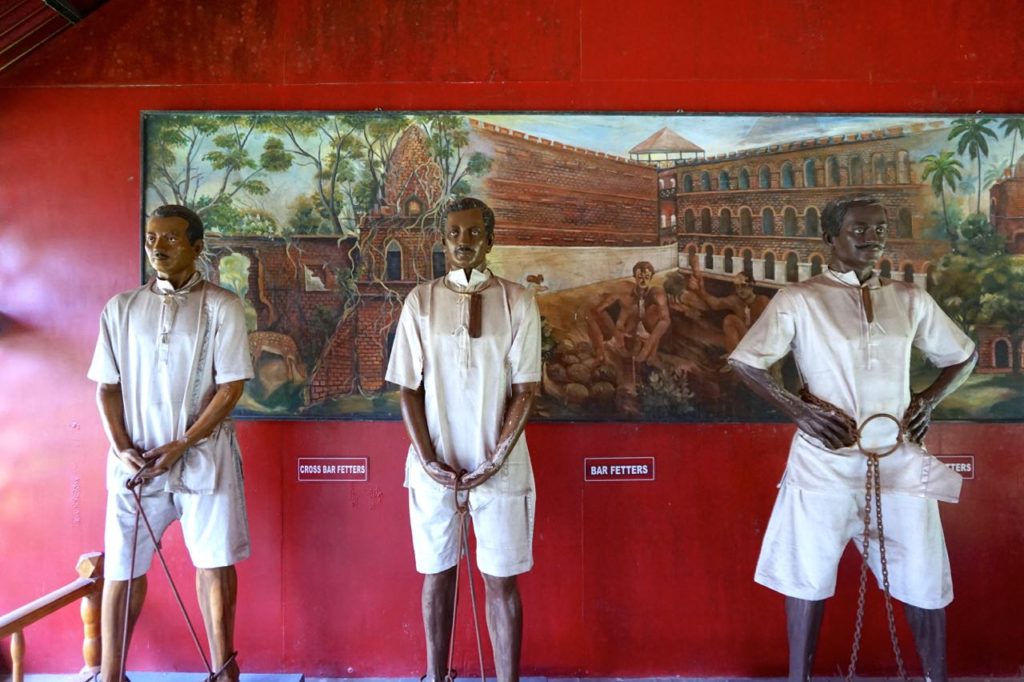
The Zonal Anthropological Museum had a good collection of photos of tribal people, depicting their culture, dwelling, clothing, and festivals. The four main tribes in the area had no contact with the outside world (even humans from mainland India) until the 1960s. Even now, visitors to the islands are not allowed to go to the reservations.
After almost 70 years of freedom, Port Blair remains an island populated by forced immigrants and refugees. They look, talk, dress and act like any other mainland Indians, yet many of them carry a sad past in their recently family history, with a reminder in their backyards. For me, Port Blair was not just another port of call, it was an educational journey into my own country’s past, one that’s memory is fading away over the years.
Have you returned to your homeland to discover a part of history that you did not know about? Share your story below in the comments section and inspire our readers….